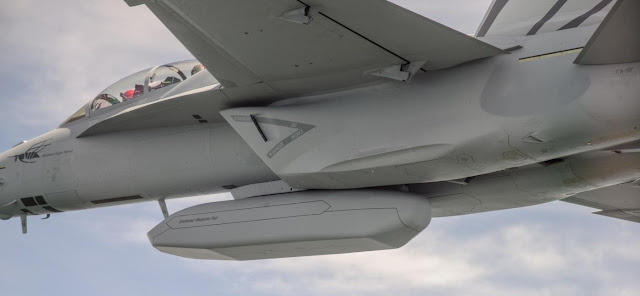pmaitra
New Member
- Joined
- Mar 10, 2009
- Messages
- 33,262
- Likes
- 19,600
Increase in eight and drag are indeed true. The canards also have some additional advantages:Foreplanes are not advantage, but a drawback. It is introduced to compensate significant growth of nose section weight caused by heavy Bars-R radar usage.
But canard is a drawback here because it increases empty weight and creates additional drag. This results Su-30 lesser range and speed comparable to Su-27 and Su-35 which have no canards.
Отправлено с моего XT1080 через Tapatalk
Yes, increased maneuverability and redundancy are the main benefits of this layout. Another is a wider possible range of the center of gravity.
In the video linked in Federico's comment you can see that the canards reach high negative deflection angles in high-alfa attitudes: This means they will still operate in attached flow when wing and tail are already fully stalled. A canard-less airplane would only have thrust vectoring for control in this situation. Also noticeable in the video is the negative static stability which becomes evident in the lively elevator movements during the landing approach towards the end of the video. When you need agile pitch controls for artificial stability, it helps to have a second pair of them in highly dynamic maneuvers. The small size of the canards might be misleading: Since they will affect the flow over the inner wing, they are quite effective and powerful control surfaces.
A multirole, long-range aircraft will have to deal with a wide variety of ordnance and fuel loads, so the addition of canards will allow to trim a wider range of c.g. positions. Without them, some load configurations, and consequently some missions, might not be possible.
- Peter Kämpf
Source: http://aviation.stackexchange.com/q...h-canards-and-conventional-horizontal-stabiliBe careful of confusing manoevrability and agility. The former describes turn performance (min radius, max sustained turn rate etc), while agility describes how quickly it can change manoeuvre state; depends on stability, handling qualities, control power etc. Given this design is based on a legacy version, the large moments of inertia in pitch demand greater control power to achieve the agility required of modern fighter, especially in the post stall/high AoA regime. Also, as mentioned, better control power at higher AoA facilitates relaxed stability longitudinally, which in turn improves agility and possibly handling qualities, depending on how it is implemented through the flight control system.
In some fighters, one I can think of, differential use of canards can be used to increase directional control power as the pressure differential across the fuselage helps to pull the nose around. This is useful at high AoA where yaw, not roll, is predominant wrt aircraft axes when changing lift vector direction.
- busdrivingtupperware









